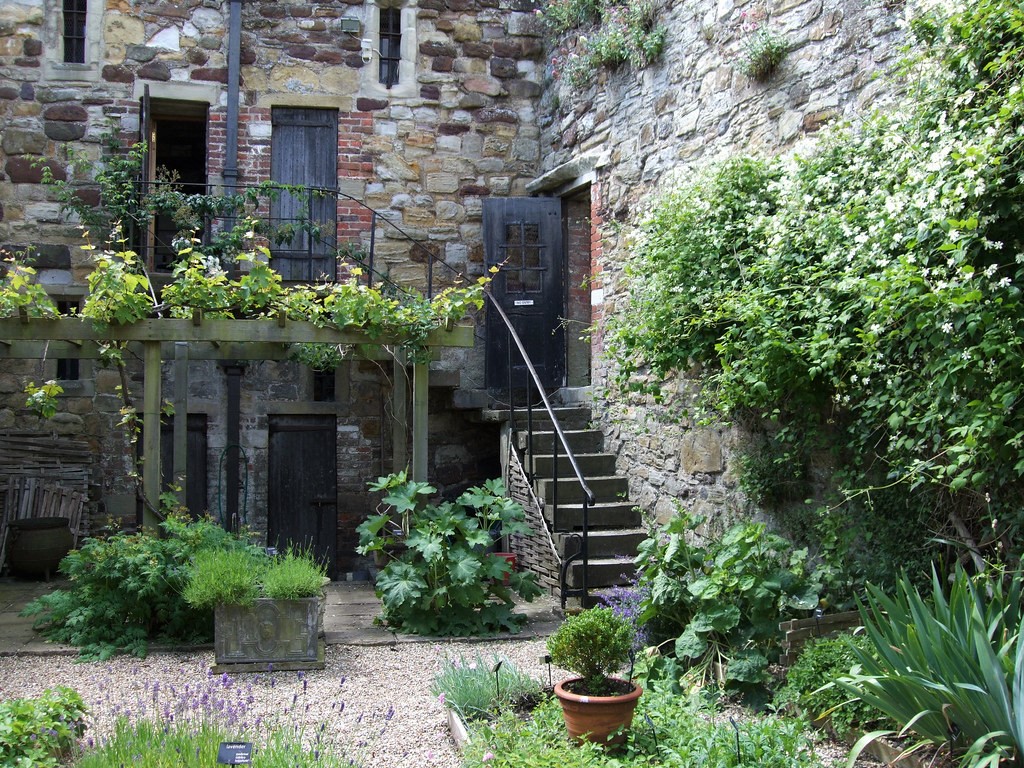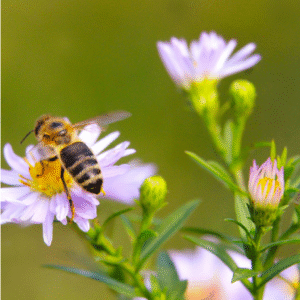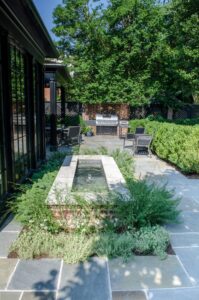By: Shannon Sullivan
Learn the basics for planning, prepping, planting, and harvesting for a successful edible garden. Choose the correct site, most edible crops need full sun to grow at least 6 – 8 hours per day. Raised beds allow you to garden in all types of conditions when dealing with poor or compacted soils, space, and maintenance. Edible landscaping boarders add beauty by mixing edible flowers throughout your landscaped beds. Using pots and planters allows you to garden on hardscapes and balconies, with the flexibility of seasonal crop rotation.
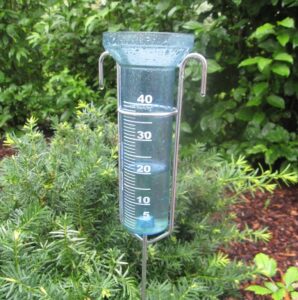
When preparing the soil for containers and raised beds ensure you have the best soil for growing. Choose an all-purpose potting mix specific to vegetables. When gardening in the ground, get a soil test. Amend soil with recommended nutrients and adjust pH if needed.
Get a rain gauge and keep track of how much water your garden is getting. A garden requires an inch or more of water a week. Water early in the morning or evening. Water at the base of ground plantings and, not overhead weekly or as needed and mulch to retain moisture. Water containers and raised beds when dry.
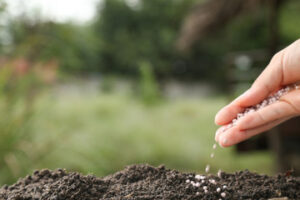
To feed the plants you must fertilize the soil. Fertilizing improves plant health, and flower and fruit production. Containers and raised beds should be fertilized twice a week and ground plants every two weeks or use a slow-release fertilizer that will last throughout the growing season.
Mulching is one of the most important things you can do to achieve gardening success. Mulching helps retain moisture, adds nutrients in the soil, suppresses weeds and keeps the garden organized. Organic mulches such as compost, leaf mulch, chopped autumn leaves are excellent sources for mulch.

Keeping pests out of your garden, allow space between plants and be observant. Allowing space between plants reduces pest problems with good air circulation. Pick and immediately squash pests like Aphids, Asparagus Beetle, Cabbage Worm, and Cutworm. Marigolds naturally control Cutworms and repel rabbits. Pick your veggies as soon as they’re ripe, otherwise pests and disease can be attracted to the rotting plant matter.
Perennial fruits, herbs, and vegetables to plant among ornamentals in your landscape; raspberries, blue berries, and other berry bushes as well as radicchio, lovage, watercress, sorrel, kale, asparagus, artichokes, rhubarb, horseradish, and rosemary make great additions to a bed.

